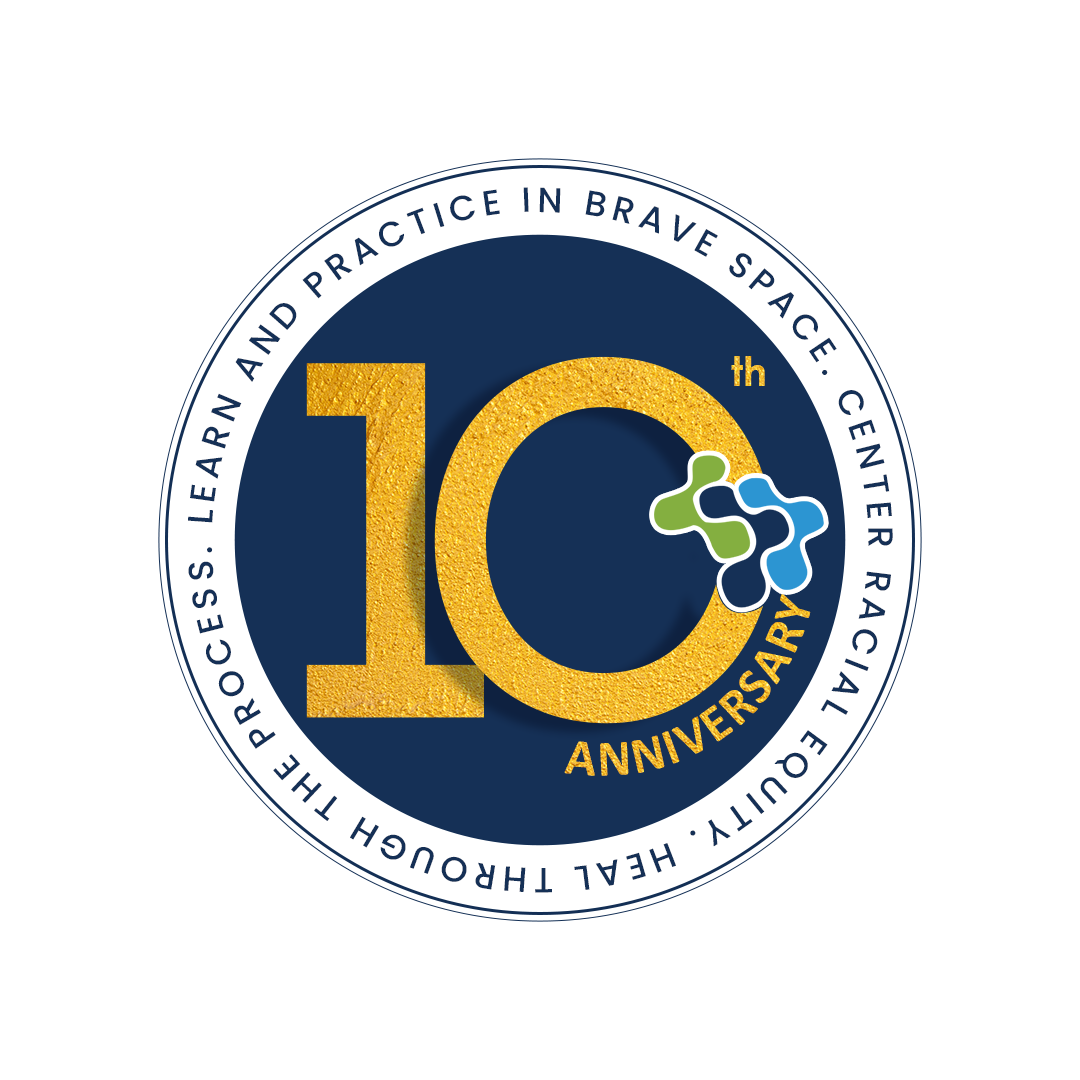For many, planning, particularly strategic planning feels overwhelming and intimidating. The truth is strategic planning doesn’t have to be arduous or difficult, challenging or all-consuming. But it does need to be done right so I thought I’d share a few best practices I’ve compiled to help you feel comfortable and ready to conduct effective strategic planning for your organization or business.
- Prepare for the Process: Strategic planning is a process that can be involved. Since it centers around understanding all aspects of your organization and business, it’s a good idea to position yourself, your team, board, and staff to be ready to take a hard internal look at your organization and your future. Prepare the planning team and organizational leaders adequately by allowing the time needed to fully and comprehensively develop your strategic plan, preferably in a relaxed environment outside of your current space.
- Identify a Strong Planning Team: A strong planning team is made up of diverse individuals that have some knowledge, insight and an investment in the future of your organization. Don’t just think leadership, think about the many individuals that make your organization work. Inclusivity is a great way to get all-around buy-in and commitment, which is super important. Identify 6 – 10 individuals that will commit to doing the work of building out an impactful strategic plan.
- Get Out of the Weeds: Strategic planning is about big- picture, visionary thinking, which can feel new, unusual or strange to those that have been so focused on the day-to-day operations of an organization. It’s often easier for committees and planning teams to want to move quickly into the tactical without first taking some time for visioning and strategic thinking. Don’t forego the time needed for big-picture thinking.
- Don’t Make Capacity & Implementation an Afterthought: A plan is only useful if it can be executed. Thinking big doesn’t mean being unrealistic, in fact, it’s the opposite. It’s about looking at your big dreams, goals, and objectives and then determining how to bring those ideas and thoughts to reality, which means you have to consider the level of capacity and how you will implement your strategies very early on in the process.
- Strategy is Not an Event: Strategy should be an ongoing, regular part of your organization. Annual implementation plans that include 90-day action plans should supplement the strategic plan to ensure that the goals and objectives are met. Accountability measures should be incorporated to include monthly and weekly check-ins to determine progress, challenges, any needed modifications, and what results you’re getting.
BONUS:
Use an outside facilitator whenever feasible to ensure an unbiased, structured approach to the planning process. A facilitator’s job is to professionally guide you and your team through an impartial strategic thinking and planning process that is not tied to any specific results and outcomes. The Business Practitioner is available to support you through your strategic planning process. Give us a call at 678-250-4192 and let us know how we can support you.


